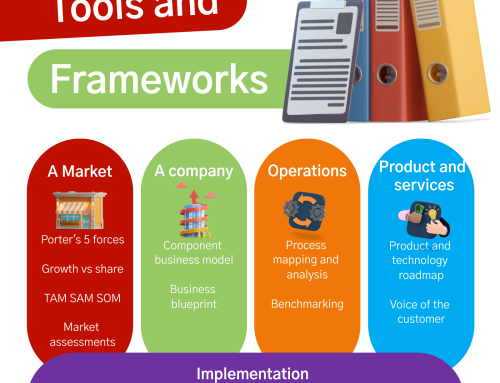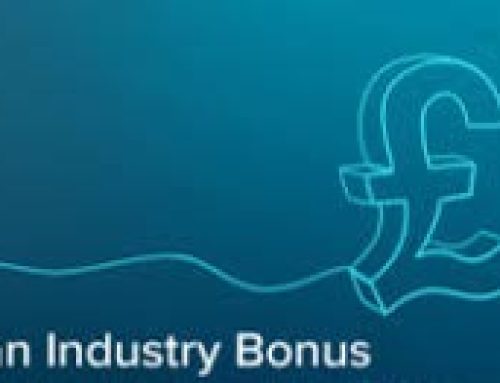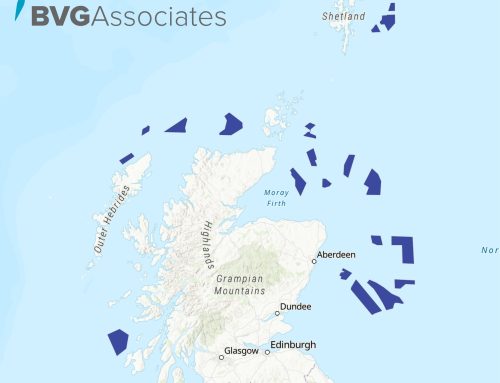A few weeks ago I had the pleasure of contributing the Tech 4.0 Renewable Energy conference it. I decided to use my 30 mins to take a step back from the weeds in an attempt to get those investing in innovation and product owners to think about “the other side” of the equation – the money side.
No matter how sophisticated and ground-breaking your innovation is, it won’t get anywhere without investment and buyers. A lot of what we do at BVGA is centred around business strategy advice. For innovation in the supply chain this means sitting in that space between technology and finance, helping pull those strings to bring each side together. We are passionate about this, as the more innovation impacts the renewable energy space the closer we get to our mission of creating a clean, reliable and affordable global energy system.
In this first of a series of blogs, I’m going to start with the key lessons that are important for those investing in innovation:
For investors
- It’s all about the money! – If someone is going to put their money into supporting you, they care about much that investment will grow over the next five years compared to alternatives.
- Understand your competitors – What are the strengths/weaknesses of direct competitors or alternative technologies in your space?
- Know your place in the supply chain – Who will be the buyer of your product, in the context of the wider industry/project supply chain?
- Know where and how you add value – What/where is the value-add of your product, what is the problem it is solving?
- Understand your impact on the bottom line – How will your product impact the cost of energy and/or the carbon footprint of a project?
- Understand how the market will evolve – How will your space in the market evolve over time – both in volume/value, and in technology and delivery.
- Be clear on your obtainable market – What does a realistic market ambition look like for you in one, three and five years’ time? This is key for anyone looking to invest in you – don’t get caught out by not having done your homework.
For buyers (the supply chain, led by the projects)
- It’s all about the risk!
You: “My widget will halve your installation time, double your local content, reduce your costs and cut your carbon footprint. Why won’t you just buy it??”
1 GW Wind Farm Project: “Because our supply chains have been developed over many years, our Tier 1 and Tier 2 suppliers are global companies with multi-million euro bank balances, and we’d have to renegotiate the contracts with our 20 different financial backers. Most of these backers will view swapping our existing widget out for yours as highly risky and therefore raise the cost of our lending. This will blow our financial model out the water and the project will die before we get started.”
Cost of finance is a significant contributor to the commercial performance of the project and adding a new technology or supplier into the mix only increases the perceived risk. Increased risk results in increased cost and therefore reduces the profitability.” - Base your approach on your obtainable market – Don’t overreach by targeting clients that are not in your core market.
- Know when decisions get made (and who makes them) – There are times in the project development cycle when it can be fruitful to engage a developer. If you don’t hit these slots you will almost always be met with stony silence. Same with the operational phase – supply contracts do come up for renewal, but if you try to sell shortly after the new contract has started there is zero chance of a sale.
- If targeting specific projects, start your engagement way before this – Knowing when procurement decisions are made is crucial. To break into an established supply chain you will need to start the client engagement process long before this to gain the confidence and support your client sponsor.
- Not all developers are the same, so seek the ones that are the best fit for you – Some buyers are more likely to embrace change and disruption than others. Know who they are and ignore the others.
Support for products in early technology readiness levels:
- It’s all about the politics!
- Use national funding/support frameworks – focus on wider industry benefits (local content, speed, simplicity).
- Strong support at this stage helps de-risk your proposition to buyers/investors.
I will elaborate on these points in future blogs in this series. If you can’t wait, you can use 30 mins of your valuable time by watching my Tech 4.0 presentation below






